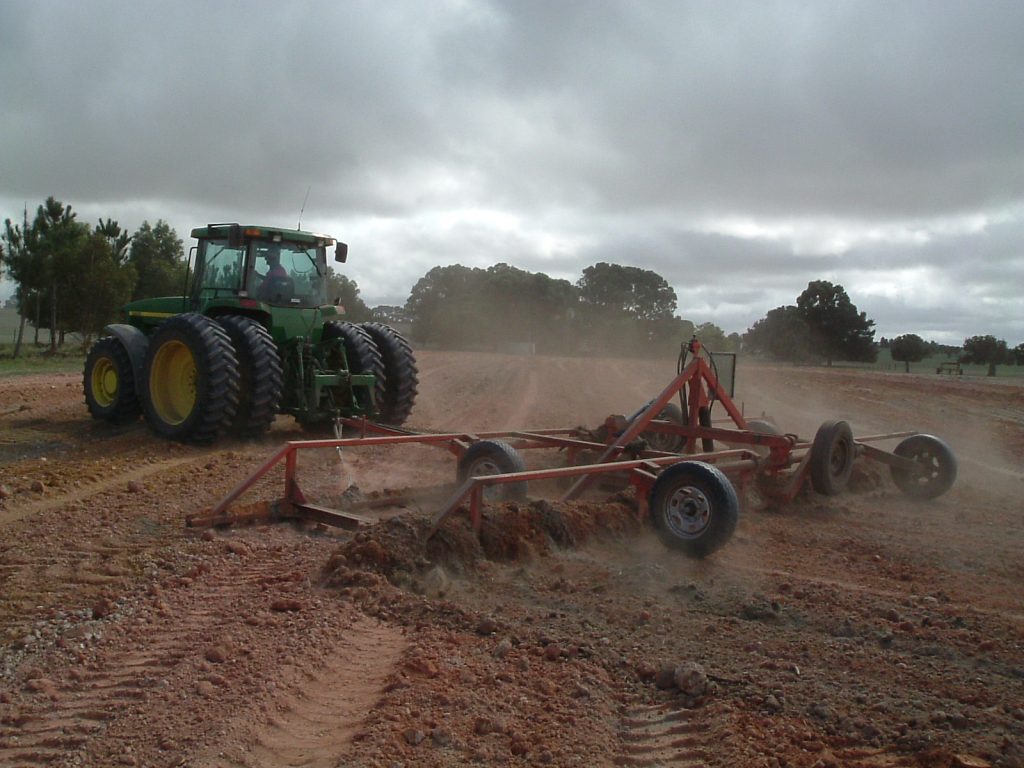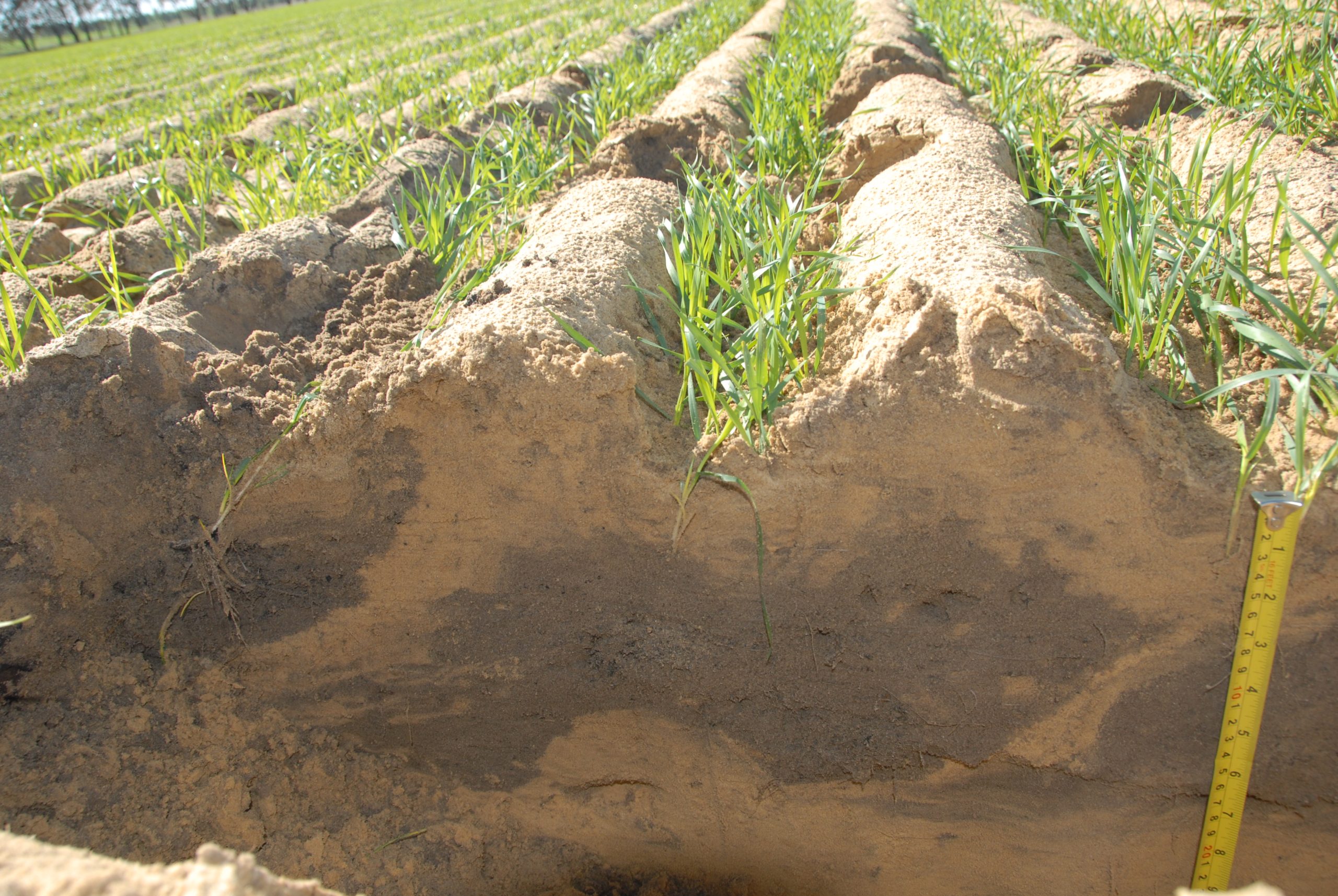Horticulture landscaping can transform any outdoor space into a beautiful, functional environment. Whether you’re a seasoned gardener or a novice looking to improve your yard, understanding the basics of horticulture landscaping is essential. This guide will walk you through key tips for successful landscaping, from landscape maintenance to revegetation techniques.

Understanding Horticulture Landscaping
Horticulture landscaping involves the art and science of growing plants to create aesthetically pleasing and functional outdoor spaces. It combines elements of design, plant selection, and maintenance practices to achieve a harmonious landscape.
Landscape Maintenance: Keeping Your Garden Healthy
Proper landscape maintenance is crucial to ensure your garden thrives. Here are some essential maintenance tips:
Regular Watering
Water is vital for plant health. Make sure to water your plants adequately, especially during dry periods. However, avoid overwatering, as this can lead to root rot and other issues.
Pruning and Trimming
Regular pruning and trimming help maintain the shape and health of your plants. Remove dead or diseased branches to prevent the spread of pests and diseases. This also encourages new growth.
Soil Health
Healthy soil is the foundation of a thriving garden. Test your soil to determine its pH and nutrient levels. Add compost or organic matter to improve soil structure and fertility.
Weed Control
Weeds compete with your plants for nutrients and water. Regularly remove weeds by hand or use mulch to suppress their growth.
Plant Selection: Choosing the Right Plants
Selecting the right plants for your landscape is crucial for success. Consider the following factors when choosing plants:
Climate and Zone
Choose plants that are suitable for your climate and hardiness zone. This ensures they can thrive in your local weather conditions.
Soil Type
Different plants have different soil requirements. Choose plants that match your soil type, whether it’s sandy, clay, or loamy.
Sunlight Requirements
Consider the amount of sunlight your garden receives. Some plants thrive in full sun, while others prefer partial shade. Match your plant choices to the available light.
Plant Diversity
Incorporate a variety of plants to create a visually appealing and resilient landscape. Mix perennials, annuals, shrubs, and trees for a balanced ecosystem.
Revegetation Landscaping: Restoring Natural Beauty
Revegetation landscaping involves restoring native plant communities to degraded areas. This technique is essential for environmental conservation and enhancing biodiversity. Here are some tips for successful revegetation:
Site Preparation
Prepare the site by removing invasive species and improving soil conditions. This creates a favorable environment for native plants to establish and grow.
Native Plant Selection
Choose native plants that are adapted to your region. Native plants require less maintenance and provide habitat for local wildlife.
Planting Techniques
Use proper planting techniques to ensure the success of revegetation efforts. This includes planting at the correct depth, spacing plants appropriately, and providing adequate water during establishment.
Maintenance and Monitoring
Regularly monitor the revegetated area to ensure plant health and address any issues promptly. This includes controlling weeds, pests, and diseases.
Hardscape Elements: Enhancing Your Landscape
Incorporating hardscape elements can add structure and functionality to your landscape. Here are some popular hardscape features:
Pathways and Walkways
Create pathways using materials like gravel, stone, or pavers to guide visitors through your garden. Pathways also help reduce soil compaction and erosion.
Patios and Decks
Patios and decks provide outdoor living spaces for relaxation and entertainment. Choose durable materials that complement your landscape design.
Retaining Walls
Retaining walls help manage soil erosion and create level planting areas on sloped terrain. They also add visual interest to your landscape.
Water Features
Incorporate water features like fountains, ponds, or waterfalls to add tranquility and attract wildlife. Ensure proper maintenance to keep water features clean and functional.
Sustainable Landscaping Practices
Sustainable landscaping practices help conserve resources and protect the environment. Here are some tips for creating a sustainable landscape:
Water Conservation
Implement water-saving techniques such as drip irrigation, mulching, and using drought-tolerant plants. Collect rainwater using barrels for irrigation.
Organic Practices
Use organic fertilizers and pest control methods to reduce chemical use. Compost kitchen and garden waste to create nutrient-rich soil.
Wildlife Habitat
Create a wildlife-friendly garden by planting native species, providing water sources, and creating shelter with shrubs and trees.
Energy Efficiency
Use energy-efficient outdoor lighting and choose plants that provide natural cooling through shade and windbreaks.
Conclusion
Horticulture landscaping is a rewarding endeavor that enhances the beauty and functionality of your outdoor space. By understanding the basics of landscape maintenance, plant selection, revegetation, and sustainable practices, you can create a thriving garden that benefits both you and the environment. Follow these essential tips to achieve successful horticulture landscaping and enjoy a beautiful, healthy garden year-round.
